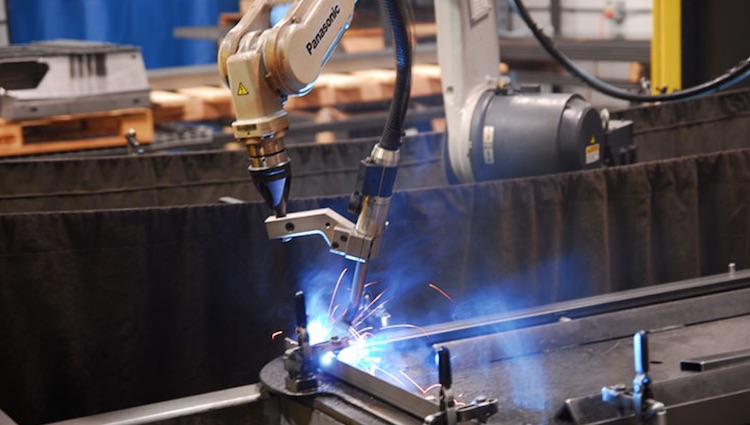
Want to know more about robotic welding? Here’s a brief introduction
Robot welding involves robots (mechanized programmable tools) that completely automate this process. Mechanized tools perform welding and handle the parts.
It is a new application of robotics, and companies are frequently converting to it.
Remember, robots can successfully do any type of welding; therefore, you can expect improved quality, higher productivity, and cost-effective welding operations.
The robot needs a pre-programmed position for welding. No doubt, robotic welding has numerous proves benefits for equipment manufacturers. It is an assured method to increase throughput, repeatability, and accuracy.
Here are some essential things to learn about this welding system.
Part Repeatability for Successful Automation
The quality of parts is vital for the robotic welding system. In this system, “garbage out and garbage in” are standard terms.
For protection against the poor quality of the weld, it is crucial to have consistent, simple parts. In this situation, a robot can execute welding in a similar location. An electronic CAD drawing or a blueprint allows you to confirm the repeatability.
Robotic integrators may review the blueprint for software simulation. It is necessary to evaluate the sustainability of the welding system.
After an evaluation, you can make essential adjustments before implementation. Appropriate fixturing is needed to achieve repeatability. The application can be a low variety/high volume or comprehensive variety/low volume.
Parts must meet the perfect specifications to avoid incorrect welding. Several robot manufacturers offer vision systems to assist in part recognition and real-time alteration. You may find this system expensive, but it can increase your productivity.
Pay Attention to Training
Robotic welding needs a trained operator to manage this task. Experienced or skilled welding operating can be the right candidate for this job. Moreover, you can get training that must cover proper programing, preventive maintenance, and troubleshooting.
Companies must consider continuing training support to update the knowledge of operators. In several cases, robotic OEMs facilitate potential candidates with troubleshooting information, online tutorials, and extra on-site training.
Extra Safety for Equipment
Several facilities feature a fume extraction system for manual welding. On the other hand, the robotic system needs extra equipment to manage a healthy and safe work environment. A robotic system is necessary to increase production. As a result, you can notice an increase in the generation of fumes.
Larger facilities need a centralized system for fumes extraction. This system involves ductwork and fume extraction hoods on the welding cell. Small shops with a robotic welding system can install a potable, cheap fume extraction mechanism. Make sure to wheel this system next to your welding cells. Adjust the extendable arms toward your welding robots and force the fumes.
Monitor Welding Data
Increase the efficiency of robotic welding by adding data monitoring abilities and peripherals in this system. It will help you to increase the productivity and quality of welding. To achieve the best results, you have to think about extra up-front investment.
It will help you to determine the causes of defects in welding. Moreover, you can optimize the procedure for maximum productivity and quality.
Promoted


